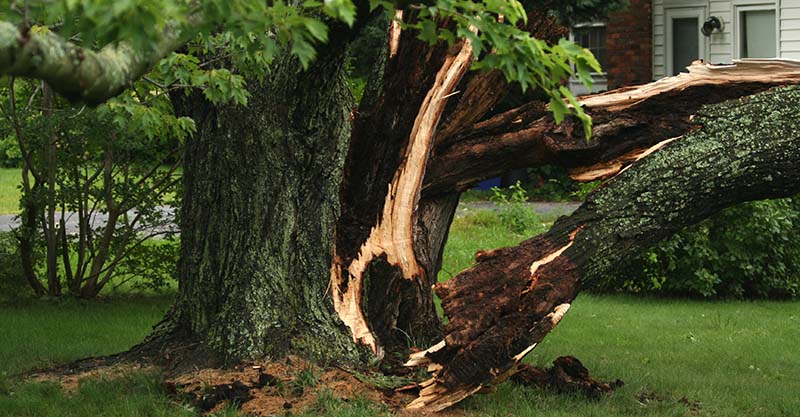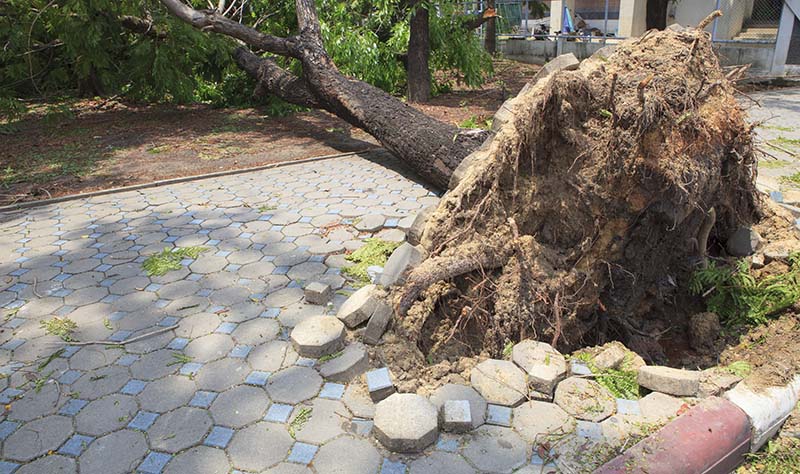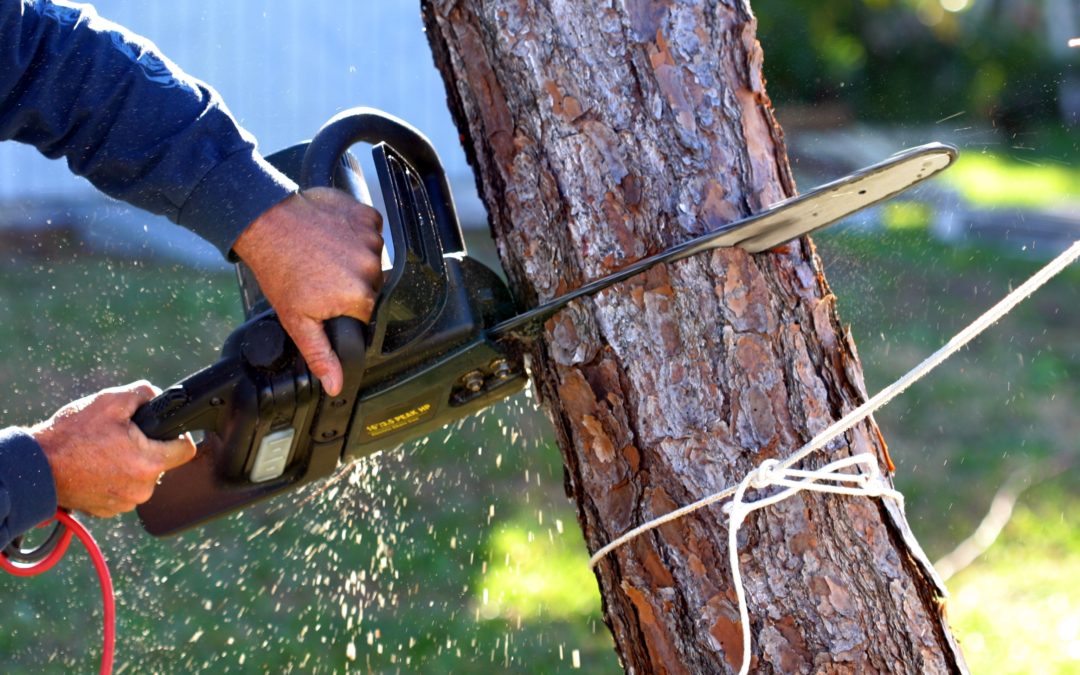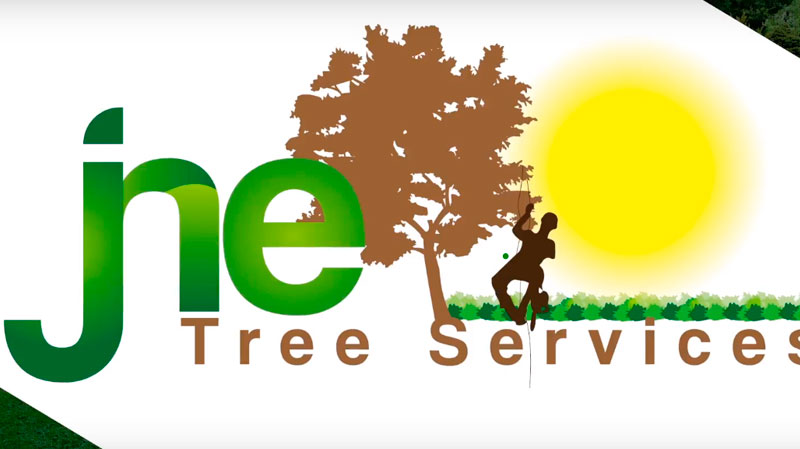When Tree Removal Is Necessary? Read Our Life-Saving Guide to Tree Cutting
When is Tree Removal Necessary?
Trees are majestic living beings. They provide amazing benefits to plants, animals, humans, and your community. Trees provide shade and fruits. They freshen the air and beautify any landscape. Even though they offer so many great benefits, sometimes they can become a risk for your property, loved ones, and your well-being.
Whenever a tree is a threat more than it is an asset, you might want to go through with a removal ASAP.
Before we get into the topic, let’s clarify something:
Tree Removal Is Not a Do-It-Yourself Project
In case you are wondering or trying to save money, removing a big tree is not a regular DIY project.
Removing a big tree is an endeavor that is out of the league of the average homeowner. The average homeowner doesn’t have the tools, skills & the experience to cut big trees safely.
By committing to this huge project, homeowners can put their lives in risk, the lives of their loved ones and the safety of their homes will also be endangered.
So, we advise you to leave the job to professionals like us.
Here at JNE Tree Services, we have the ideal equipment, tools, and the experience to deliver a safe, prompt, and affordable tree removal.
So, if you ever need professional help to remove your tree, we—JNE Tree Services—are the ideal choice since we have the most trusted arborists in the state of Texas.
We are now going back to the main topic. Today, we’ll tell you about the situations when tree removal is necessary.
Top Situations When Tree Removal is Necessary (Life-Saving Guide to Tree Cutting)
Since trees are useful and special, it is hard to decide when to remove them. And the main objective of this article is to let you know about the signs you need emergency tree removal.
1. Your Tree Has More than 50% of Health Damage

First, whenever you are deciding whether a tree in your yard needs removing or not, you should begin by looking at its overall health.
If a tree shows significant signs of damage, this is a situation when tree removal is necessary.
As a general rule, experts recommend that a tree should be removed when over 50% of its branches and leaves show damage.
Windstorms and other natural elements can cause cracks to form on the tree trunk. That alone calls for immediate removal.
As you know, your trees may encounter a wide array of factors that get in the way of their vigor and health. For instance, hail, snow, storms, high winds, lightning, flooding, and other factors can damage your trees.
After getting hit, your tree will become unhealthy. And lastly, your tree will start to die slowly. Such a sad story, but it’s something that could happen. We don’t want that to happen to your loved tree.
Ask yourself: Is at least 50% of the tree’s crown (branches and leaves) still in great shape?
If that is so, your tree should continue to bless your home with its amazing benefits.
But if the crown of your tree has less than half of its branches remaining, it may not be able to produce enough foliage to nourish the tree through another season. And in this case, your tree should be removed.
2. Your Tree Is Unhealthy (Don’t Compromise Plants & People around It )

An unhealthy tree can compromise other plants in your landscape. Or even worse is the fact that an ill tree can also affect the people around it.
Sometimes calling an expert arborist to inspect your tree is the best way to tell its health condition.
If your tree has a disease like a termite infestation or a fungal disease; this could be a telltale that you probably would have to remove it. And if your tree is ill, you must remove it before the disease spreads to bushes, flowers, and other plants in your yard.
Some of the situations of when tree removal is necessary are branches dying, cavities in the trunk, rotting roots due to either a fungal disease or termites.
If you see fungi such as mushrooms growing at the base of the trunk, don’t get alarmed. But don’t let it slip by either.
Mushroom are decay-producing fungi (it could mean that the root is dying), so you must call a tree care professional. He/she will tell you the health condition of your tree, and how you should proceed from there.
If sadly the ax is the only solution, then you should do it. It is better to remove your loved tree than shortly, this diseased tree harms your loved ones, your home, your pets, or your other plants.
3. Your Tree Starts to Lean Toward Your Home, Pool, Driveway & Playing Ground !

A healthy tree grows straight. And maybe you remember that your tree was standing upright, and all of a sudden, you see that your tree has begun to lean 20 degrees from the vertical; this is a situation when tree removal is necessary.
A leaning tree is a bad, bad sign that the root system is weak, inefficient, or even rotting.
If you notice some leaning, make sure to call tree experts. They will come to examine your tree, and they will give you the steps to follow.
Unfortunately, sometimes to remove your tree is the only solution to this problem. So, to guarantee your safety, make sure to get the help of the best tree professionals.
4. Trunk Is Weak, Rotting, Dying or Showing Other Deficiencies

The root system is the first supporting structure of the weight and stability of your tree. Guess what other structure is just as important as the roots?
That’s right! The trunk is the second most crucial supporting structure of a tree. A healthy and robust trunk will keep your tree standing and firm.
But what happens when the trunk of your tree has some deficiencies like hollowness, rotting, visible wounds, and cracking?
Well, if one of these things is happening, this means that your tree is dying slowly.
If more than 30% of your tree trunk is hollow, rotted, or cracked, the trunk loses strength, which makes your tree a considerable danger.
The factor danger is simple: the wind, rain, and the weight of branches can bring down a weak tree. So, the best solution is to call experts to deliver urgent tree removal.
We advise you to keep on top of the structural well-being of your tree, so it doesn’t put you and your loved ones in danger.
5. Time to Say Good-Bye: Your Tree Died Already
A dead tree doesn’t provide any benefits. There is not more aesthetic appeal, no more fresh air, cero shade, no more water retention, and there are no more ecologic benefits to your yard.
Instead, a dead tree poses a significant, latent danger since a dead tree can quickly rot. The structure of a dead tree becomes weaker every day. So, in other words, a big dead tree and its branches can fall on a person walking underneath it, your house, or your neighbor’s house.
By removing a dead tree, you’ll prevent the spread of diseases like fungal disease, termites, or other diseases to your plants on your property and nearby yards. Also, you will eliminate the risk that your dead tree falls suddenly, causing a lot of damages.


